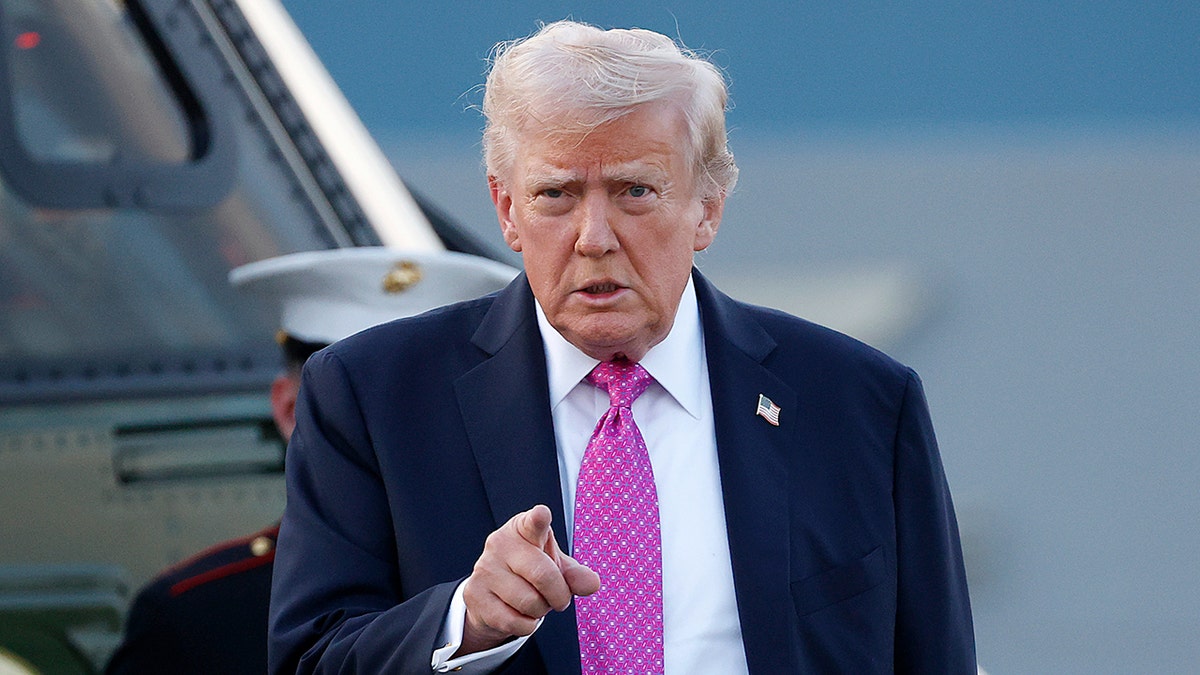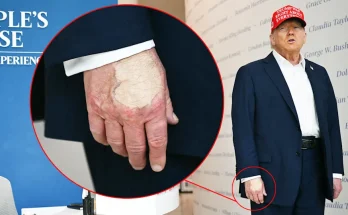Donald Trump has never shied away from courtroom battles. When he announced on social media that he was filing a staggering $15 billion defamation lawsuit against The New York Times
, his supporters celebrated it as the moment he would finally take down what he called “one of the worst newspapers in American history.”
But less than 24 hours later, the Times struck back with a single move that turned the lawsuit into something else entirely: a national joke.
Trump’s Fury Over the Front Page
In his lawsuit, Trump zeroed in on a particular grievance. He accused the paper of providing an “illegal campaign contribution” to Vice President Kamala Harris by prominently placing her endorsement statement at the center of its front page. For Trump, it was the ultimate evidence that the Times had abandoned journalism for partisan warfare.
He framed the lawsuit not just as a legal challenge, but as a crusade against what he portrayed as a corrupt institution determined to destroy him.
The Times’ One Move
The Times’ response came swiftly—and devastatingly. Rather than retreat or bury the story, the paper doubled down. It issued a public statement making three critical points:
-
Its reporting on the Trump–Epstein correspondence was factual
and based on verifiable documentation.
-
It had provided visual evidence alongside the reporting, ensuring that readers could see the material themselves rather than relying on second-hand claims.
-
It had published Trump’s own denial
side by side with the revelations, giving Americans the chance to weigh both perspectives.
In short, the Times made clear that it had followed the principles of fairness and transparency. It had not silenced Trump—it had given him equal space.
Why the Response Worked
Trump wanted to portray himself as the victim of a biased press. But the Times’ reply did the opposite: it painted the paper as a neutral arbiter, showing its readers not just what Trump was accused of, but also what he said in his defense.
Instead of proving the Times corrupt, Trump’s lawsuit made him appear desperate—striking at shadows while the institution he attacked stood calmly on the high ground of journalistic integrity.
A Familiar Pattern
For Americans watching the spectacle unfold, it was a reminder of a familiar pattern: Trump the fighter, quick to accuse, fast to sue, but often outmaneuvered by institutions that refuse to play his game.
By leaning on facts, evidence, and transparency, the Times didn’t just defend itself. It flipped the narrative, leaving Trump looking like the man who cried wolf one lawsuit too many.




